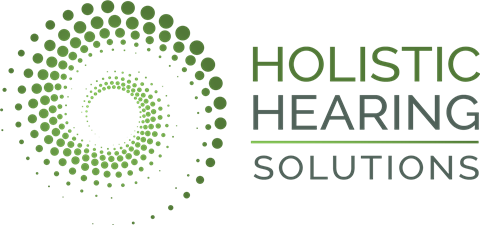The Nature and Function of Earwax
Earwax, or cerumen as it is scientifically known, is a subject that often piques curiosity and sometimes, unwarranted concern. As an audiologist, I find it essential to demystify this natural substance for a better understanding of our auditory health. Produced by glands in the outer ear canal, earwax is a combination of skin cells, hair, and secretions from the ceruminous and sebaceous glands. This unique composition serves several crucial functions. Firstly, it acts as a natural cleanser, trapping dust, dirt, and other foreign particles, preventing them from reaching the sensitive eardrum. Secondly, its slightly acidic nature inhibits the growth of harmful bacteria and fungi, thus protecting the ear canal from infections. Moreover, earwax provides lubrication, preventing the delicate skin of the ear canal from becoming dry and itchy.
The Production and Self-Cleaning Mechanism
The production of earwax is a continuous process, and the body has a remarkable self-cleaning mechanism to manage its accumulation. Movements of the jaw, such as talking and chewing, help in the gradual movement of earwax from the ear canal to the ear opening, where it usually dries up and falls out unnoticed. This natural migration ensures a balanced amount of earwax in the ears. However, problems may arise when this self-regulation is disrupted, leading to excessive buildup or impaction. Factors contributing to this include narrow or hairy ear canals, age (as earwax becomes drier over time), and the use of hearing aids or earplugs, which can push the wax deeper into the ear canal.
Microsuction: A Safe and Effective Ear Cleaning Method
When it comes to addressing earwax buildup, microsuction stands out as a preferred and safe method, especially in professional audiology practices like ours on the Gold Coast. Unlike traditional methods such as ear syringing or ear candling, microsuction involves the use of a microscope to view the ear canal and a gentle suction device to remove the earwax. This method offers precision and minimizes the risk of infection or damage to the ear canal and eardrum. It is particularly beneficial for individuals with a history of ear problems, such as perforated eardrums or ear surgeries. Microsuction is a quick, comfortable, and efficient procedure, making it an ideal choice for those seeking relief from blocked ears due to wax accumulation.
In conclusion, while earwax may not be a topic of everyday conversation, its role in our auditory health is undeniable. Understanding its purpose and the body’s natural way of handling it can alleviate many concerns. For those experiencing discomfort or hearing issues due to earwax buildup, consulting with an audiologist for a safe and effective removal method like microsuction is highly recommended. Remember, earwax is more friend than foe, playing a silent yet significant role in keeping our ears healthy.
